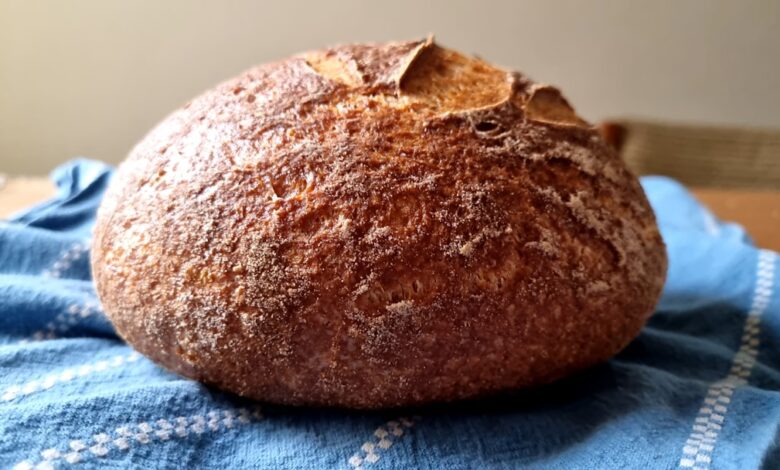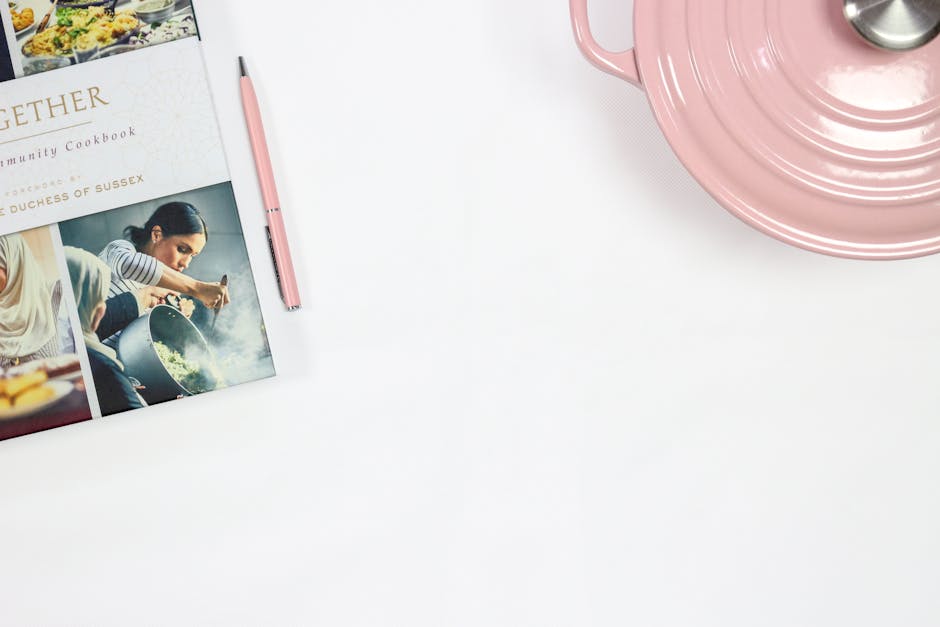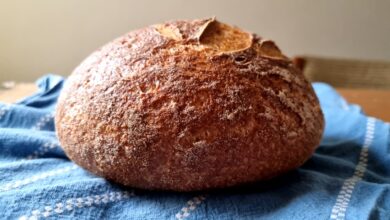Best Gluten-Free Cookbook

Navigating the gluten-free world can feel overwhelming, especially when you’re trying to recreate your favorite dishes or discover new ones. As someone who’s been gluten-free for over a decade, and loves to cook, I understand the struggle! Finding reliable recipes that actually taste good is key. That’s why I’ve compiled this list of some of the best gluten-free cookbooks out there to help you on your culinary journey.

Why a Gluten-Free Cookbook is a Game Changer
Sure, you can find tons of recipes online, but a dedicated gluten-free cookbook offers several advantages. First, the recipes are usually thoroughly tested, ensuring they work and taste great. Second, many cookbooks include detailed information about gluten-free ingredients and techniques, helping you understand the nuances of gluten-free cooking. Finally, they’re a convenient, screen-free resource you can keep in your kitchen.
My Top Picks for Gluten-Free Cookbooks
These cookbooks have earned a special place on my shelf because they provide reliable recipes, helpful information, and, most importantly, delicious food!
Against All Grain: Delectable Paleo Recipes to Eat Well & Feel Great by Danielle Walker
Danielle Walker’s “Against All Grain” is a fantastic resource if you’re looking for grain-free, dairy-free, and gluten-free recipes. While it’s technically a Paleo cookbook, it’s a treasure trove of recipes that are naturally gluten-free. The book focuses on whole, unprocessed foods, and the recipes are easy to follow, even for beginner cooks. I especially love her baked goods recipes; they’re surprisingly delicious and satisfying.
Gluten-Free Girl and the Chef: A Love Story with 100 Tempting Recipes by Shauna James Ahern and Daniel Ahern
This cookbook is more than just a collection of recipes; it’s a heartwarming story of a gluten-free girl and a professional chef who fall in love and create amazing food together. Shauna and Daniel Ahern offer a wonderful mix of simple, everyday meals and more elaborate dishes perfect for special occasions. Their emphasis on fresh, seasonal ingredients shines through in every recipe. This book is particularly helpful if you’re interested in learning more about gluten-free baking, as Daniel’s expertise in pastry is invaluable.
How Can It Be Gluten Free Cookbook Collection by America’s Test Kitchen
When it comes to reliable recipes, America’s Test Kitchen is hard to beat. Their “How Can It Be Gluten Free Cookbook Collection” is a comprehensive resource for anyone serious about gluten-free cooking and baking. The recipes are meticulously tested and explained in detail, ensuring consistent results. They also provide helpful tips and troubleshooting advice, making it easier to avoid common gluten-free cooking pitfalls. While this collection is an investment, it’s well worth it for the sheer volume of high-quality recipes.
The Gluten-Free Cookbook for Families: Delicious Recipes and Essential Advice for Successfully Raising a Gluten-Free Child by Pamela Cureton
If you are cooking for a gluten-free child or teenager, this book will be your new best friend. Pamela Cureton offers up amazing advice and delicious recipes that kids will love, making family mealtime less stressful. There are tips for packing school lunches, and allergy substitutions to ensure your child gets all the nutrients they need!
Gluten-Free Baking at Home: 60 Simple Recipe Creations by Emma Hatcher
Many people find that baking gluten-free items can be tricky. This cookbook makes the process easier and more successful, with all the instructions you need to create delicious gluten-free baked goods at home. From sweet to savory, you’ll find something to please every palate. There are even creative ideas like “Everything Bagel Muffins,” which are sure to be a hit with everyone!
Tips for Using Gluten-Free Cookbooks
Before you dive into your new cookbook, here are a few tips to help you get the most out of it:
- Read the introduction: Many gluten-free cookbooks include valuable information about gluten-free ingredients, techniques, and substitutions. Take the time to read the introduction to gain a better understanding of gluten-free cooking.
- Stock your pantry: Make sure you have the essential gluten-free ingredients on hand before you start cooking. This might include gluten-free flour blends, xanthan gum, and various gluten-free grains and starches.
- Don’t be afraid to experiment: Gluten-free cooking can be a bit of trial and error. Don’t be afraid to experiment with different ingredients and techniques to find what works best for you.
- Start with simple recipes: If you’re new to gluten-free cooking, start with simple recipes that don’t require a lot of specialized ingredients or techniques. This will help you build your confidence and avoid feeling overwhelmed.
Common Gluten-Free Ingredients to Have on Hand
Having a well-stocked pantry is essential for successful gluten-free cooking. Here are some of the most common gluten-free ingredients you’ll find in many cookbooks:
- Gluten-free flour blends: These are pre-mixed flours that combine different gluten-free flours and starches to mimic the properties of wheat flour.
- Almond flour: A finely ground flour made from almonds. It’s a good source of protein and fiber.
- Coconut flour: A flour made from dried coconut meat. It’s high in fiber and has a slightly sweet flavor.
- Rice flour: A flour made from milled rice. It comes in white and brown varieties.
- Tapioca starch: A starch extracted from the cassava root. It’s often used as a thickener and to add chewiness to gluten-free baked goods.
- Xanthan gum: A food additive that helps bind gluten-free ingredients together and improve the texture of baked goods.
Frequently Asked Questions
What is gluten and why do some people avoid it?
Gluten is a protein found in wheat, barley, and rye. People with celiac disease, gluten intolerance, or wheat allergies need to avoid gluten because it can trigger a range of symptoms, including digestive problems, fatigue, and skin rashes.
Are gluten-free products healthier than gluten-containing products?
Not necessarily. Gluten-free products can be just as processed and high in sugar and unhealthy fats as their gluten-containing counterparts. It’s important to read labels carefully and choose gluten-free products that are made with whole, unprocessed ingredients.
Can I substitute gluten-free flour for wheat flour in any recipe?
It’s not always a simple 1:1 substitution. Gluten-free flours behave differently than wheat flour, so you may need to adjust the recipe to compensate. Using a gluten-free flour blend and adding xanthan gum can help improve the texture of gluten-free baked goods.
Do I need a separate set of kitchen equipment for gluten-free cooking?
If you have celiac disease or a severe gluten allergy, it’s important to avoid cross-contamination. Consider using separate cutting boards, utensils, and baking pans for gluten-free cooking. Thoroughly cleaning your kitchen equipment can also help minimize the risk of cross-contamination.
Embrace the Gluten-Free Kitchen!
With the right cookbook and a little practice, gluten-free cooking can be enjoyable and rewarding. Don’t be afraid to experiment, explore new flavors, and discover your own favorite gluten-free recipes. Remember to be patient with yourself, and most importantly, have fun in the kitchen!
Related Posts
| Best Gluten Free Cook Books |
| Best Gluten Free Baking Cookbook |
| Best Gluten-Free |



